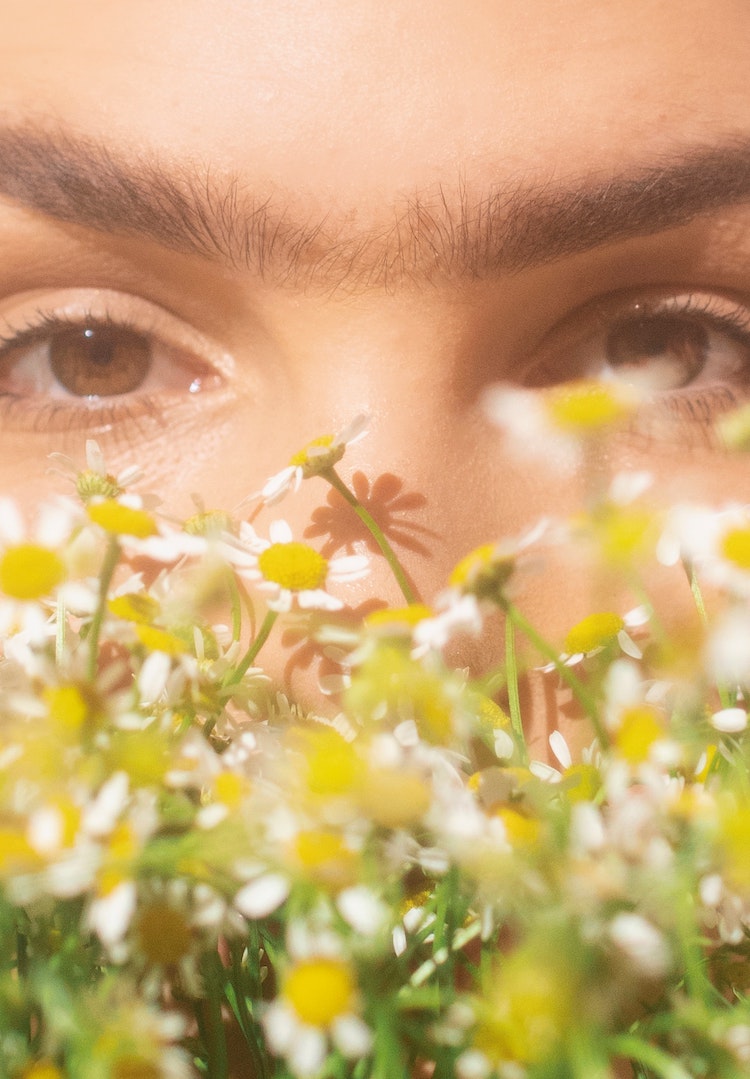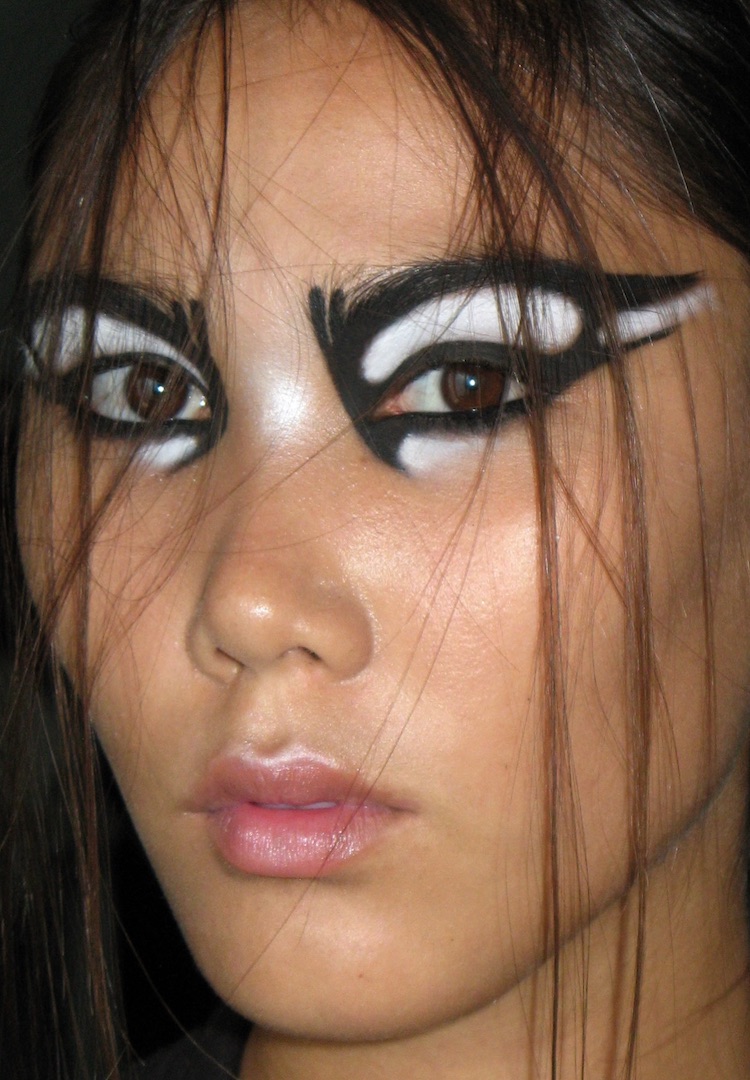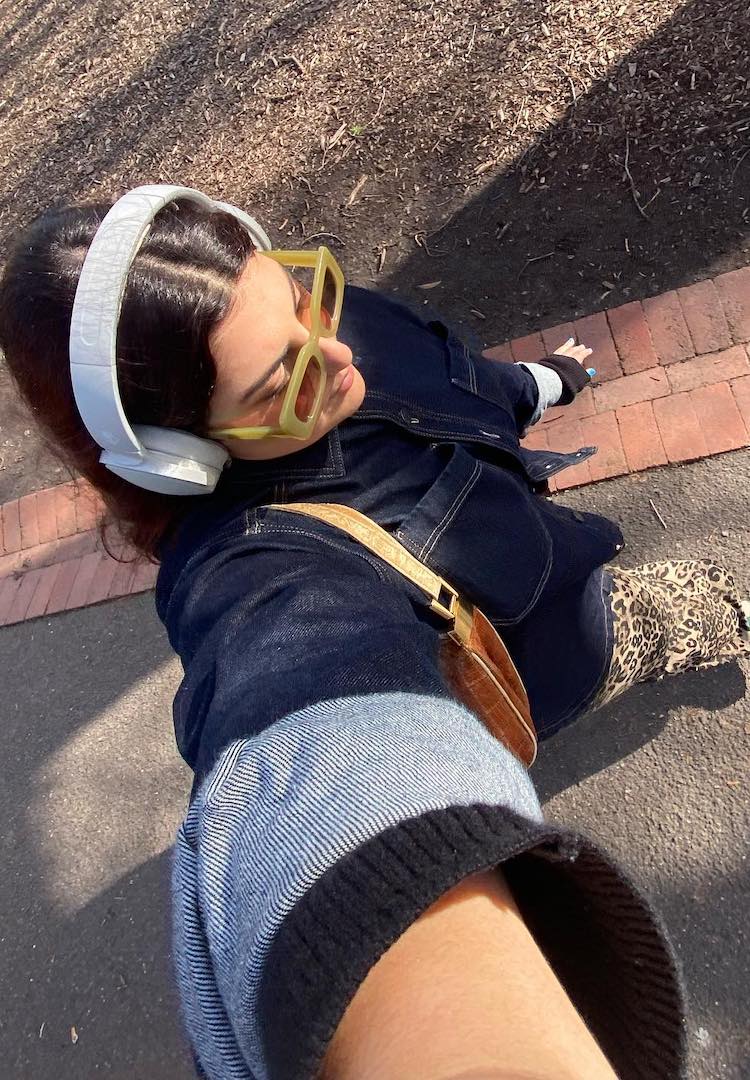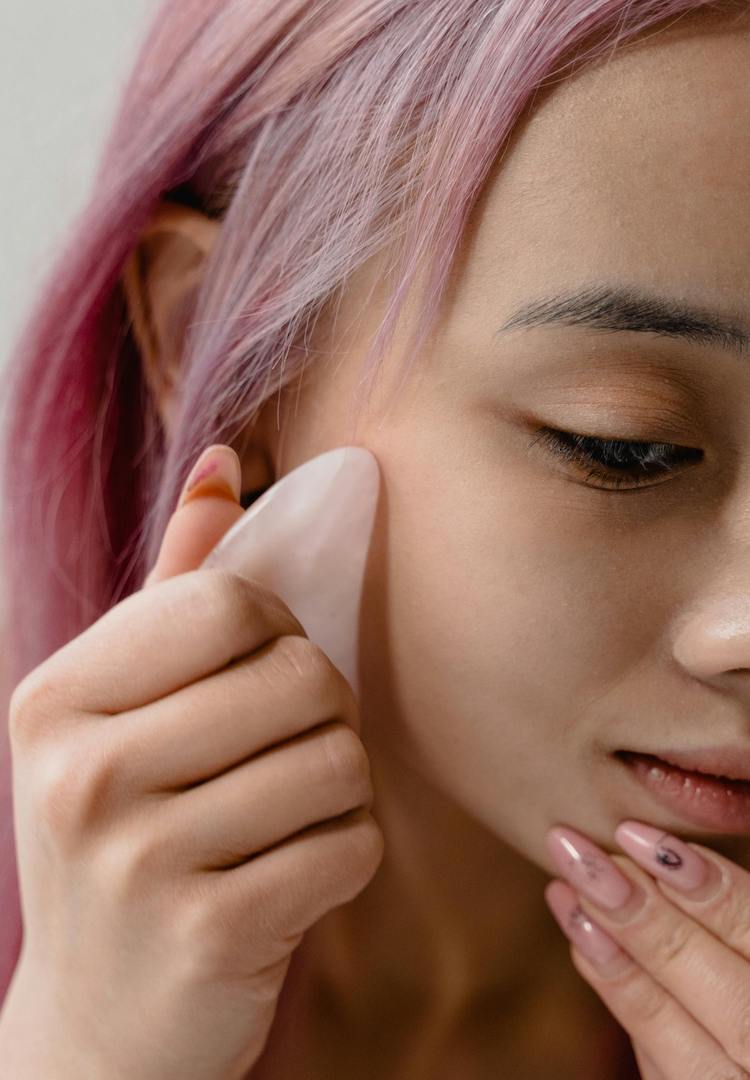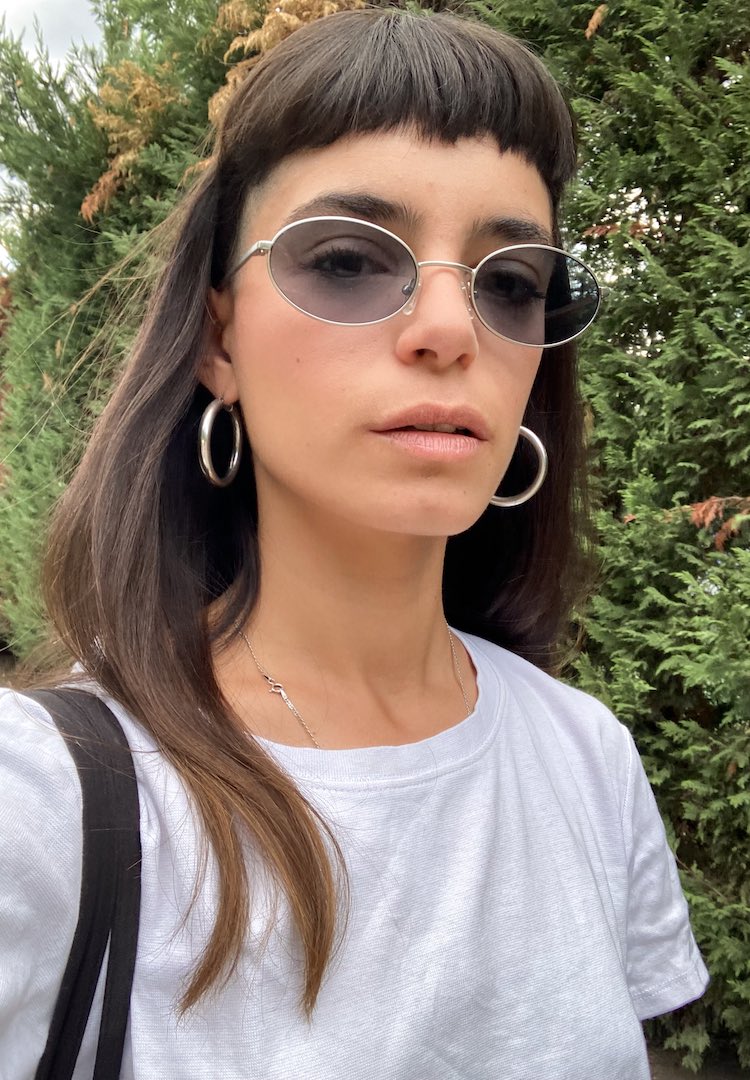I’m a corneotherapist who focuses on the skin barrier, here’s what I tell my clients
WORDS BY Cassandra Hedger
“Care for your skin like you would a newborn puppy.”
Cassandra Hedger is a holistic corneotherapist, meaning she uses a combination of naturopathy and remedial skin treatment methodology to help repair and maintain the skin barrier defence systems.
The skin cell lifecycle is often ignored in the quest for a ‘dewy’ or ‘glass’ complexion, but it’s arguably the most important aspect of skincare. By understanding our skin cells (mostly our keratinocytes, or the primary type of cell in the epidermis) and their lifecycle, we can begin to intuitively feed our skin with what it truly needs rather than letting social media decide for us.
Looking for skincare recommendations? Head over to our Beauty section.
Sadly, a lot of the skincare we’re using is barely supporting this incredible organ and could even be causing some serious long-term damage – not only to our skin but our whole bodies. Everyone’s skin is unique and requires different things at different stages, ages and seasons. With a little skin 101, we can become more educated and conscious consumers.
A crash course in skin science
Let’s start with the keratinocyte (skin cell) lifecycle. In a process called mitosis, the daughter cell is birthed by the mother cell – this is the stem cell. This birthing in the basal layer is where it has a rich supply of nutrients and oxygen from our blood.
In its early life, the keratinocyte is pushed upwards into the stratum spinosum (another layer of the skin). At this stage, the cell is full of watery cytoplasm and is protected by a membrane rich in essential fatty acids. Floating side by side are its fellow keratinocytes, its comrades, all bonded together by protein bonds called desmosomes.
As the weeks go by, the keratinocyte slowly decomposes, leaking its oily membrane and watery cytoplasm. It loses its plumpness, becoming more granular, and now we call it a corneocyte. Don’t be mistaken – a corneocyte is not dead skin until it flakes off onto the floor. At this stage, it’s still sending messages to the lower levels on how dry or oily the skin is, what the weather’s doing outside, how much UV protection is needed and more!
Listen to your skin
The skin loves to chat, but only when hydrated. As the cell’s precious contents escape into the surroundings of the corneocytes, some of that goodness forms part of our acid mantle, the home of the microbiome – but that’s another story. This whole process takes about a month, getting a little slower as we get older (much like the rest of the body).
When this lifecycle is working as nature intended, the skin is in balance and will have an amazing ability to heal. If this lifecycle isn’t functioning optimally, it can sometimes show on the skin as excessive oiliness, dryness, acne, pigmentation and many other skin conditions. What is the simplest thing you can do to support this lifecycle? Hydration.
Not only drinking lots of water but getting enough essential fatty acids into our bodies. They are essential after all, meaning that we need them…everyday. They’re anti-inflammatory, support hydration and improve the quality of our sebum. As we learnt earlier our cell membranes are made of essential fatty acids, along with the lipids that protect our brain and heart.
Our hormonal, digestive, immune and nervous systems all influence our skin, and these are all things a corneotherapist will touch on in a skin consultation. Sometimes, a referral to a naturopath is the next step. Imbalances in these systems are often the reason why someone’s skin isn’t healing as quickly as we hoped. Skin conditions like acne, eczema, dermatitis and psoriasis are commonly exacerbated when the body is in fight-or-flight mode for prolonged periods.
Ingredients to avoid
What we put on our is something we can easily manage ourselves. As a corneotherapist, I never shy away from an ingredients list and often find at least one of the toxic ingredients below in popular skincare ranges. As boring as an ingredients list can be, I feel compelled to list some common naughty ones to watch out for. Bookmark, screenshot and use it next time you find yourself shopping in the skincare section!
This list includes various microplastics (damaging your barrier and the environment), preservatives (killing the little citizens of your microbiome that keep your skin in check), emulsifiers (leaving gaps in the barrier by mixing its oil and water balance), endocrine disruptors (accessing your hormonal system and creating imbalances) and carcinogens (increasing your risk of cancer).
This is only scratching the surface! Luckily, there are a few apps out there that scan products and identify potentially risky ingredients (they aren’t always 100 per cent accurate, but are a great gauge). Remember that your makeup is an extension of your skincare, too.
Ingredients:
- PEGs, PPGs
- Dimethicone
- Phenoxyethanol
- Anything ending in paraben (e.g. methylparaben, propylparaben)
- Anything ending in butene
- Formaldehyde
- Carbomer
- BHT
- Homosalate, octocrylene, oxybenzone (in many popular sunscreens)
- Sodium lauryl sulfate (SLS) and sodium laureth sulfate (SLES)
- DEA (also MEA and TEA)
- Mineral oil (parrafinum liquidum)
- Petrolatum
- Fragrance/parfum
- BHT
- Tromethamine
- Triethanolamine
- Alcohol denat
- Isohexadecane
- Paraffin
- Methylisothiazolinone
- Yellow 5
The most important thing I’d like people to remember is that the skin is an organ. Our faces and bodies seem to be more of a commodity than actual biology, which is why, in my early twenties, I decided to unfollow the influencers that made me feel self-conscious and find peace in my own appearance. Whether it’s via social media or in the real world, we’ve all fallen victim to marketing.
For example, our ears ping at the sound of ‘retinol’. However, the way we currently consume skincare just isn’t sustainable. As Jessica Defino says on Fluff’s podcast, “If we want to deal with sustainability, we need to address beauty standards and why we feel compelled to consume so much and manipulate our bodies so much. If these things are addressed, sustainability will be addressed. There are feelings driving our consumption.”
I think it’s natural that we all have insecurities, but when we let them rule our consumption of skincare, that’s when there’s a problem. Your skin is an organ, not a beauty statement – it’s keeping you protected. It’s keeping you warm in the cold, cool in the heat and safe from the sun. It’s making all the calls to the skin cells and systems beneath and it will sometimes even hint when something’s going on inside. Care for your skin like you would a newborn puppy.
For more on corneotherapy, head here.

